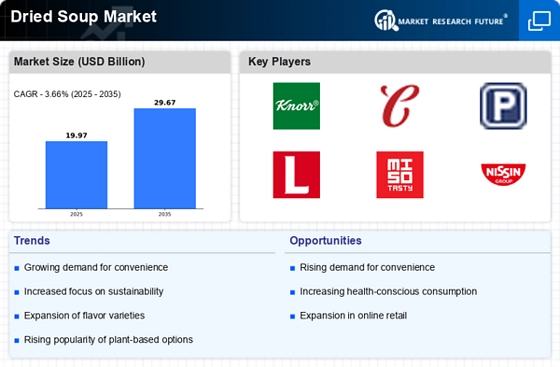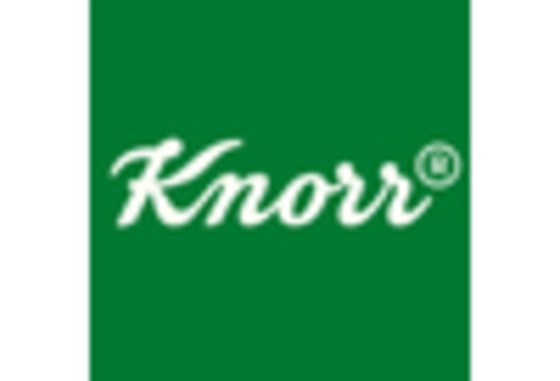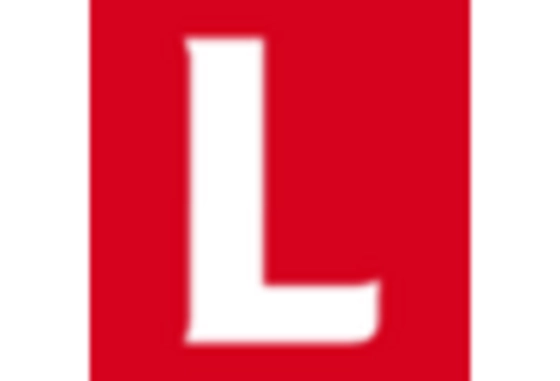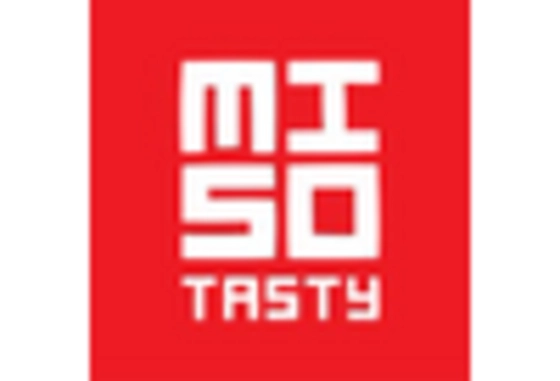E-commerce Growth
The rise of e-commerce has transformed the retail landscape, significantly impacting the Dried Soup Market. With more consumers turning to online shopping for convenience, the demand for dried soups through digital platforms has increased. Market data suggests that e-commerce sales in the food sector are on the rise, with a growing number of consumers preferring to purchase groceries online. This shift presents an opportunity for the Dried Soup Market to expand its reach and accessibility, as brands invest in online marketing strategies and partnerships with e-commerce platforms to capture this growing segment.
Health Consciousness
The increasing awareness of health and nutrition among consumers appears to be a pivotal driver for the Dried Soup Market. As individuals become more health-conscious, they tend to seek out products that align with their dietary preferences, such as low-sodium, organic, and gluten-free options. This trend is reflected in market data, which indicates that the demand for healthier food alternatives has surged, with the dried soup segment witnessing a notable increase in sales. The Dried Soup Market is likely to benefit from this shift, as manufacturers innovate to create nutritious offerings that cater to the evolving tastes of health-oriented consumers.
Sustainability Initiatives
Sustainability has emerged as a critical concern for consumers, influencing their purchasing decisions in the Dried Soup Market. As environmental awareness grows, many consumers prefer products that utilize eco-friendly packaging and sustainable sourcing practices. Market Research Future indicates that brands that prioritize sustainability are likely to gain a competitive edge, as consumers increasingly seek to support companies that align with their values. The Dried Soup Market is responding to this demand by adopting greener practices, which may enhance brand loyalty and attract environmentally conscious consumers.
Convenience and Portability
The fast-paced lifestyle of modern consumers has led to a growing demand for convenient meal solutions, which significantly influences the Dried Soup Market. Dried soups offer a quick and easy meal option that requires minimal preparation, appealing to busy individuals and families. Market analysis suggests that the convenience factor is a major selling point, with a substantial percentage of consumers preferring products that can be prepared in minutes. This trend is expected to continue, as the Dried Soup Market adapts to meet the needs of on-the-go consumers, potentially expanding its reach in various retail channels.
Innovative Flavors and Varieties
The Dried Soup Market is experiencing a surge in innovation, particularly in the development of unique flavors and varieties. As consumers seek new culinary experiences, manufacturers are responding by introducing diverse options that cater to different palates. This trend is supported by market data indicating that flavor innovation can significantly drive sales, as consumers are more likely to try new products that offer exciting taste profiles. The Dried Soup Market is thus positioned to capitalize on this trend, as brands experiment with global flavors and ingredients, enhancing their product lines to attract adventurous eaters.

















Leave a Comment